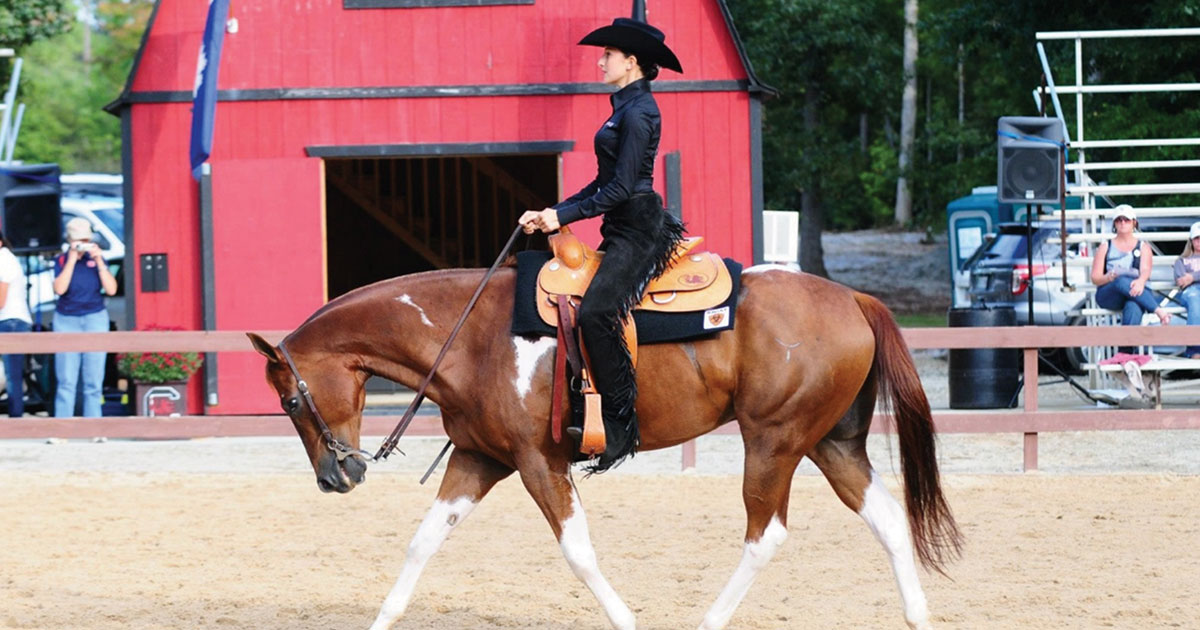BY ALI HARTMAN, DPT, guest writer with Sara Migliarese
For many, the words “equestrian” and “athlete” are not often thought of together. Even for myself, as someone who began riding competitively at a very young age, I never thought of myself as an “athlete.” It was a word I reserved for friends who played basketball, soccer, or lacrosse. While I always knew in my heart that riding was a sport, I never embraced the idea that I was truly an athlete that should be training my body and my mind every day to compete. It wasn’t until I was recruited by the University of South Carolina to ride on their equestrian team that I experienced a shift in mindset – that I realized that equestrians ARE athletes. After living through the true athlete experience for the first time in my life, I was astonished at how transformative it was in my performance in the arena. Once I began physically training my body, I was not only stronger in the saddle, but my mental game was better than ever. My endurance to keep going at long competitions was better, and I had a change in my confidence that was evident to not only my friends and colleagues, but the judges as well. From that moment on, I was determined to shift the narrative – to empower my fellow equestrians to view themselves, and treat themselves, like the true athletes they are.
No matter the sport, the best of the best not only spend hours practicing and developing their skill set but also spend a great deal of time on the various other components that play into their preparedness. While there are many areas equestrian athletes should be developing inside and outside the arena, here are four that often get overlooked:
- Strength and conditioning programming: Replicating the exact motor patterns and muscle groups utilized in the saddle is quite challenging. However, no matter how many times you get to the barn in a week to ride, a targeted supplementary strength and conditioning program can do the equestrian athlete a world of good. Focusing on selected functional movement patterns and muscle groups that we utilize while riding and addressing asymmetries can carry over to improved performance in the saddle. It can also have a significant impact on a rider’s mental game. It doesn’t take much – two sessions a week of 15-30 minutes of targeted strengthening with particular emphasis on core stability, dynamic hip, and leg strengthening, and parascapular (muscles between the shoulder blades) strengthening using functional movement patterns can provide a world of difference.
- Optimal nutrition: It is quite common for us to OBSESS over the quality of our horse’s food. But often, we forget the importance of putting high-quality food into our own body. Grabbing some fast food on the way from school/work to the barn can quickly become the norm. But we have to remember the old adage – “garbage in, garbage out.” If we want to maximize our mental clarity during our rides, then it is important that we put high-quality fuel, and sufficient hydration, into the engine. Focus on increasing consumption of the “good stuff”– lots of fruits and veggies, plenty of water, and less processed foods.
- Sufficient, high quality sleep: Sleep is when our body recovers from the day-to-day stress that we put it under, and also when all of the new motor patterns, skills, and information we have learned gets solidified by our nervous system (aka, sleep is when the information we take in during a day TRULY gets “learned”). Cutting down on sleep time not only negatively impacts our health, but it robs us of the ability to solidify all of the new skills and motor patterns we are mastering in the saddle and doesn’t allow our body to completely recover from the day’s efforts. Shoot for 8-9 hours of good quality sleep per night for the average teenager or adult equestrian.
- Mental game: Much like physical training, the best athletes spend dedicated time working on their mental game. Using strategies like positive self-talk, visualizing, and even breathing/mindfulness strategies that help clear your mind and focus can be incredibly useful tools when tackling a challenge or heading into competition. Like any skill, these tactics take practice. Try setting a goal of two to three 10 minute “mental game” sessions per week to help you prepare to handle anything that comes your way on show day.
Embracing an athlete mindset can mean something different for everyone, and there certainly is no “right” or “wrong” way to do it. But finding what works for you, and recognizing that you ARE an athlete, is a worthwhile effort. Keep us posted on your progress by using the hashtag #youAREanathlete and #DavieCountyEQathlete so we can follow along on your journey and contact us at Pro-Activity.com or email ahartman@pro-activity.com with any questions you may have about becoming the best athlete you can be!




















